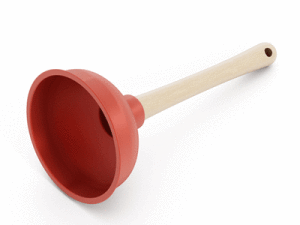Low water pressure is an irritating but common issue with residential plumbing systems, but it's not something you simply have to live with. Here's what you can do solve different types of water pressure problems in your home.
Low Pressure Throughout the House
If low pressure is affecting all your plumbing fixtures and water-using appliances, find your main water valve and make sure it's fully open. Next, check for obvious signs of a leak — like wet ground — where your water line meets the main supply. Then, ask your neighbors if they have a low pressure issue. If not, have a licensed plumber check whether you have a pressure reducing valve that needs adjustment or there are leaks in the piping.A plumber can also look for other causes of pressure problems, like corrosion inside your galvanized pipes or sediment/limescale buildup in the lines. If your neighbors have low pressure too, talk to your plumber about installing a pressure booster on your home's main water line.
Low Pressure at Individual Fixtures
If the water flow arriving at a single fixture has slowed down, you may be able to correct the problem yourself. With a faucet, unscrew the aerator and rinse the mesh screen to remove any tiny sediment particles. If there's a limescale buildup, soak the aerator in a 50-50 water and vinegar solution. Aerators aren't expensive, so if the buildup doesn't dissolve, simply replace the part. You can use the same process with a clogged showerhead nozzle. If the pressure doesn't improve, have a plumber check for a partial blockage in the fixture's supply lines.
Hot Water Pressure Problems
A lack of pressure with just the hot water supply is often a sign that sediment is clogging the water heater tank and lines. If you haven't had the tank drained and flushed on a regular basis, it's wise to have a plumbing professional assess the condition of the appliance and perform any needed maintenance.
If you're dealing with a low water pressure problem in your Broken Arrow home and need expert help, contact the plumbing pros at Air Assurance today.
Our goal is to help educate our customers in the Tulsa and Broken Arrow, Oklahoma area about energy and home comfort issues (specific to HVAC systems). Credit/Copyright Attribution: “Justek16/Shutterstock”









